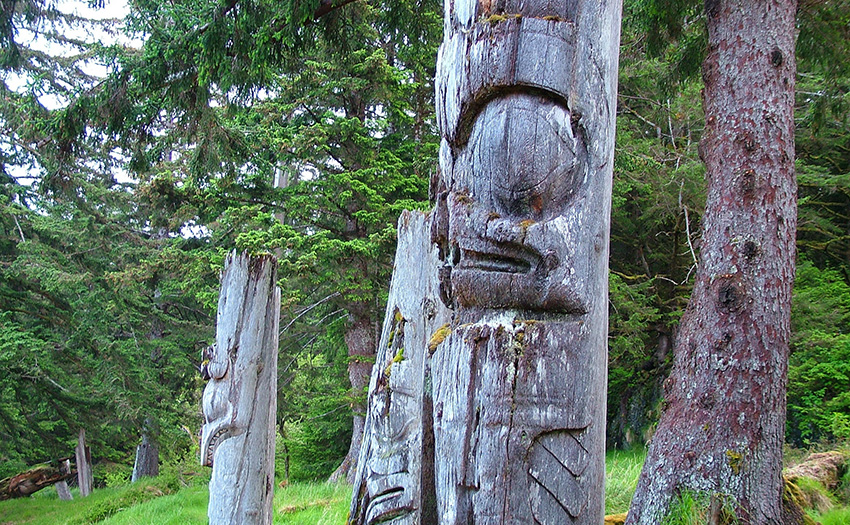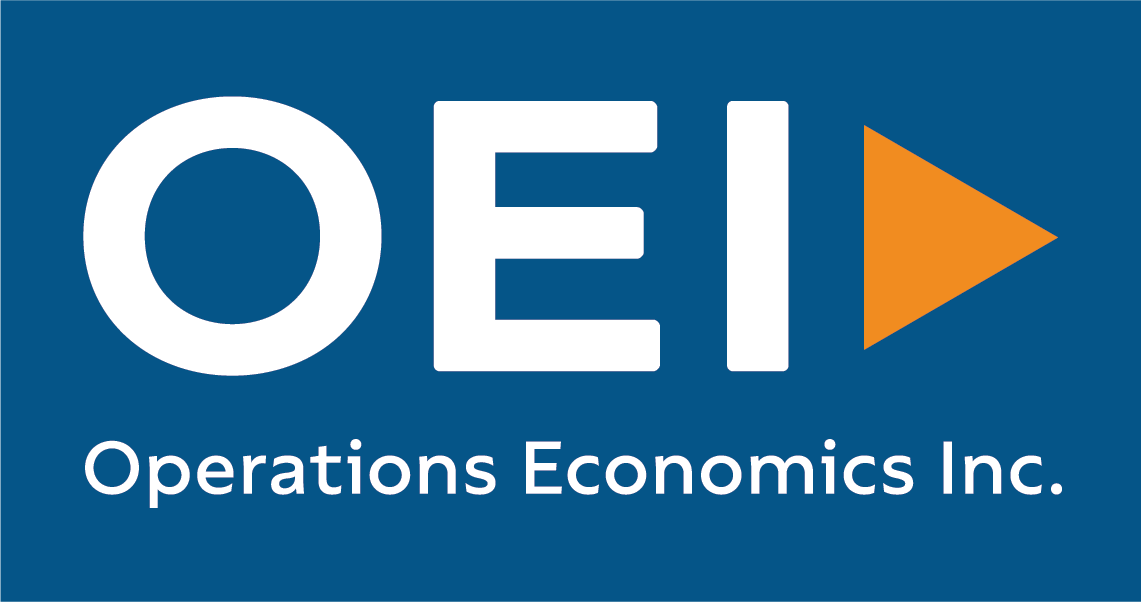
April 21, 2022: Indigenous tourism optimistic about post-COVID rebound
By David Ferman
Indigenous tourism in Canada is expected to recover from the pandemic faster than first expected. The Indigenous Tourism Association of Canada (ITAC) recently released its 2022-25 Strategic Plan titled “Building Back Better,” which projects that the Indigenous tourism industry could reach pre-pandemic levels by 2025, as many as five years earlier than had been feared only a few months earlier.
Founded in 2015, ITAC is a national non-profit Indigenous tourism industry organization established to build up and promote the industry across Canada. It has developed national partnerships with Destination Canada, Tourism HR Canada, WestJet, Parks Canada, and the Tourism Industry Association of Canada.
Varied Responses to the Challenge of Re-opening Indigenous Tourism
The newfound optimism is due to the work of First Nations like the Gitga’at (GFN), who are readying their facilities for returning visitors. The GFN is based around Hartley Bay, approximately 120 km south of Prince Rupert on the Inside Passage. During the pandemic the GFN has been setting the stage for tourism by stabilizing the environment in their territory, developing a tourism protocol for companies who want to work on their lands and waters, and developing core infrastructure.
The development of the Marine Emergency Response Facility (MERF) this year will be a key to setting a context for Hartley Bay, said Paul Paterson, Gitga’at Development Corporation CEO. The MERF will house a marine research facility, and housing for visiting researchers, with wet and dry labs. It will be a study and tourism centre for the community. The MERF has been a concept for years but is proceeding to construction in 2022. This will set the stage for respectful tourism in GFN territory. “There is a lot going on this year,” said Paterson.
On Haida Gwaii, one focus is training. A new provincial training program for Indigenous people in the tourism sector will train up to 16 people for careers in hospitality on Haida Gwaii.
On April 4, BC’s Minister of Social Development and Poverty Reduction Nicholas Simons said, “This new CEP [Community and Employers Partnership] project on Haida Gwaii is a great example of what can happen when communities and employers work together to identify and promote local employment opportunities.”
OEI has worked with both the Gitga’at First Nation and the Gwaii Trust on related opportunities. See how OEI helped advance the First Nations Health Authority’s medevac strategy to serve remote communities.
The Province is providing more than $250,000 in funding to the Haida Nation’s economic development corporation, Haida Enterprise Corporation (HaiCo), to deliver skills and certification courses. Courses will be offered through two intakes of the Haida Nation’s tourism labour market training program in G̲aw Tlagée (Old Massett) and HlG̲aagilda (Skidegate). The training consists of nine weeks of occupational skills, two weeks of on-the-job experience, and one week of follow-up support for participants.
How the Pandemic Battered Indigenous Tourism
Before the pandemic arrived in Canada, Indigenous tourism was growing quickly:
- GDP had grown to about $1.86 billion in 2019, a significant increase from the $1.4 billion GDP figure from 2014
- Jobs had gone up from 33,100 to 39,000, and
- The number of export-ready Indigenous-owned tourism businesses doubled from 65 to 130.
But since March 2020 when pandemic lockdowns began across the country, almost 70% of Indigenous tourism GDP contributions have been lost along with 21,000 jobs.
What is Indigenous Tourism? Defining Some Terms
ITAC defines Indigenous Tourism as all tourism businesses majority-owned (51%) and operated and/or controlled by First Nations, Métis, or Inuit peoples that can demonstrate a connection and responsibility to the local Indigenous community and traditional territory where the operation resides.
Many tourism businesses, neither majority-owned nor operated by Indigenous people, offer “Indigenous tourism experiences.” But ITAC states Authentic Indigenous Cultural Tourism is by Indigenous people, not about Indigenous People.
Indigenous Cultural Tourism occurs when a significant portion of the experience incorporates Indigenous culture in a manner that is appropriate, respectful and true to the Indigenous culture being portrayed. The authenticity is ensured through the active involvement of Indigenous people in the development and delivery of the experience.
— From the ITAC website
Indigenous Tourism in Canada: Recent Findings
- 33% of Indigenous tourism businesses are owned by women, more than twice the amount in non-Indigenous tourism businesses.
- 57% of workers in the Indigenous tourism sector are Indigenous, a rate four times higher than any other industry in Canada.
- In 2019, Indigenous tourism revenues increased 23.5%, outpacing the rest of the sector, which increased 14.5% that year.
- According to Conference Board of Canada and ITAC research, Canada’s Indigenous tourism sector declined 65.9% (down to $555 million) from 2019 to 2020.
- In 2020, employment in the sector plummeted 59.64%.
- The growing interest among Canadians in Indigenous tourism (along with targeted investment) means it should recover faster than the rest of the sector by 2025.
- The pandemic may prove to be a catalyst for increased domestic Indigenous travel. Insignia Marketing Research found that whereas Canadians were previously passively curious about Indigenous culture, the pandemic had led to a more receptive attitude to exploring Indigenous cultures in their own backyards.
— From “Building Back Better: Strategic Recovery of Indigenous Tourism in Canada 2022-2025”
David Ferman is an Associate with OEI. He contributes research and editorial services to the firm’s airport, port, and First Nations engagements in Canada and around the world.
